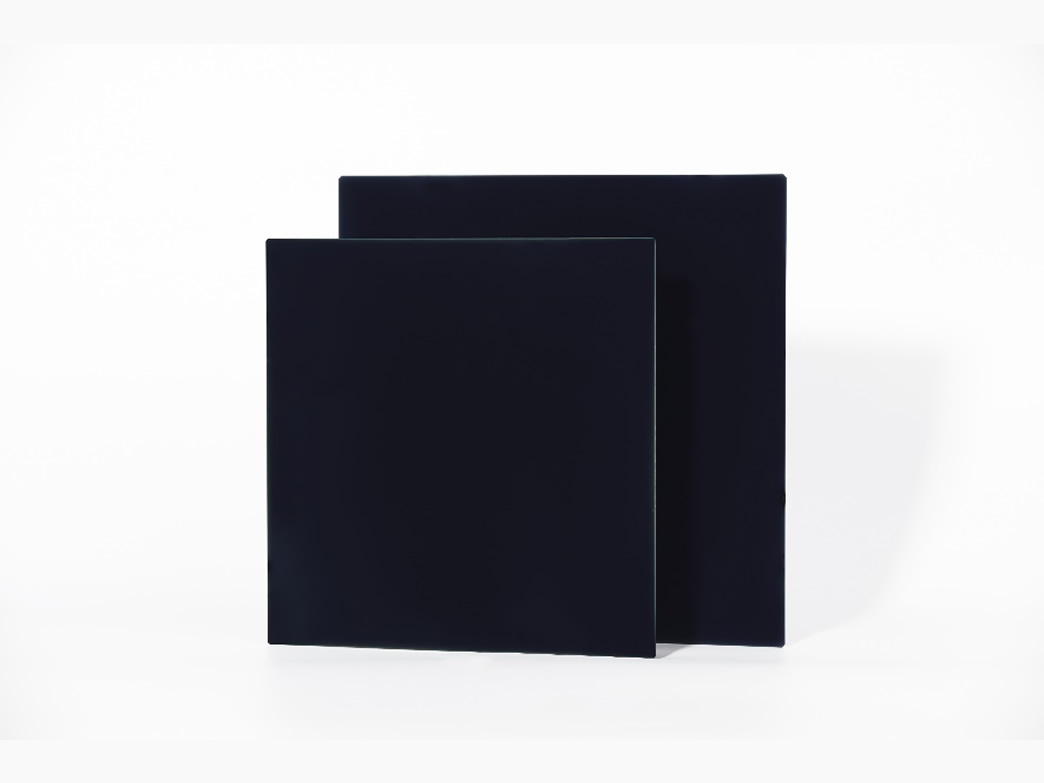Why Mono-Glass TOPCon Modules Never Took Off — and the Technology Bringing Them Back
August 15th, 2025
Walk through any solar trade fair or distributor’s catalogue, and one thing stands out: mono-glass TOPCon modules are almost nowhere to be found. Yet mono-glass technology has been part of photovoltaic history since 1954, valued for its lighter weight, better heat dissipation, and proven reliability in decades of outdoor use. So why has the industry all but abandoned it for TOPCon — and is there a technology that can bring mono-glass back?
Mono-Glass: A Proven Concept with Modern Appeal
Since the first PV modules, the standard structure was glass on the front, polymer backsheet on the rear. This mono-glass configuration not only reduced module weight, but also helped release internal moisture and lower operating temperatures — two critical factors for long-term stability. Even today, its lighter load makes it ideal for weight-sensitive rooftops in commercial & industrial, and residential applications.
The TOPCon Challenge: Why It Struggles with Mono-Glass
Despite mono glass’s clear advantages, TOPCon technology has largely been confined to dual-glass designs. The reason is not market preference, but material science.
- Material vulnerability: TOPCon cells rely on silver paste containing aluminium, glass frit, active metals and their oxides to form electrical contacts after boron diffusion. These additives are highly sensitive to moisture. When water vapor penetrates, it triggers electrochemical corrosion, increasing resistance and eventually breaking the connection between cell and ribbons.
- Faster moisture ingress: Mono-glass modules use a polymer backsheet, which is 10–30× more permeable to moisture than a glass backsheet. This accelerates the corrosion process in TOPCon cells.
- Documented reliability concerns: In laboratory damp heat (DH1000) tests, mono-glass TOPCon modules have shown power losses as high as 65 %, highlighting their inability to withstand prolonged humidity and heat.
The result? TOPCon manufacturers avoid mono-glass entirely, sticking with heavier dual-glass formats — even if that means missing opportunities in markets where weight limits and installation flexibility matter.
How ABC Technology Reopens the Mono-Glass Path
Unlike TOPCon, All Back Contact (ABC) cells have a fundamentally different architecture:
- Copper instead of silver-paste: ABC cells use copper interconnection, eliminating the glass frit and aluminium particles that react with moisture. Copper’s chemical stability ensures long-term contact reliability, even if minor moisture ingress occurs.
- No front-side metallization: All electrodes are on the rear, meaning there are no front-side silver lines to corrode.
- Full-surface passivation: A dense passivation layer wraps the entire cell, providing comprehensive protection against water vapor intrusion.
- Proven durability in testing: In damp heat simulations, copper-electroplated cells retained performance far longer than traditional silver-grid cells, confirming superior corrosion resistance.
This means ABC cells can pair with mono-glass encapsulation without compromising reliability — combining the lightweight benefits of mono glass with the high performance of modern N-Type technology.
Why It Matters for Rooftops
For building-mounted systems, weight is more than a design detail — it can be the difference between going solar or not. Lighter mono-glass modules reduce structural load, simplify installation, and lower balance-of-system costs. When matched with a cell technology that can withstand moisture over decades, they become a compelling choice for commercial and residential rooftops alike.
ABC technology delivers on this need, enabling “lightweight yet worry-free” solar solutions that keep performance high and reliability intact. As the industry pushes toward a zero-carbon future, the ability to combine proven mono-glass advantages with next-generation efficiency could reshape how rooftops go solar.












